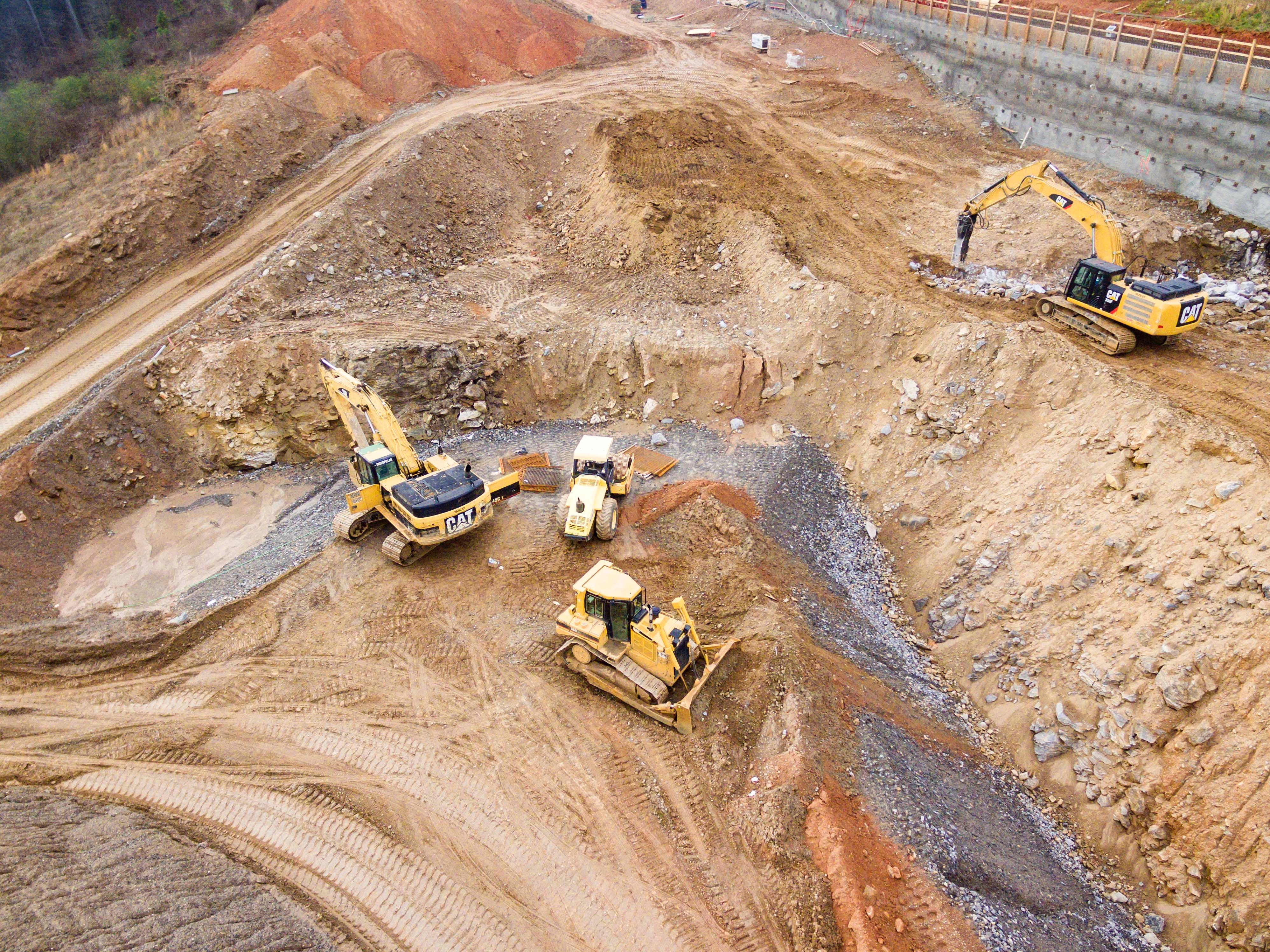When you need equipment for your organization, it can be difficult to decide the best way to get what you need. Leasing and financing both have advantages and disadvantages, and they depend heavily on factors like how often you use the equipment and the overall cost. Knowing the basic differences between leasing and financing can help you decide the best path for your business.
Equipment Leasing
When you lease equipment, do not own it. Rather, your organization is renting the equipment for a monthly payment. Usually, once you reach the end of your lease, you can choose to purchase the equipment, renew your lease for another term, or return the equipment to the organization you are working with. This approach is beneficial for the equipment you will only need for a short time, use infrequently, or needs to be upgraded or replaced frequently. However, since you do not own the equipment, you would be unable to use it as an asset for financing purposes.
Equipment Financing
In equipment financing, your business would get a loan or some other financing to purchase the equipment. Usually, you do not own the equipment until the loan is repaid in full. However, this can be a valuable option if you would use the equipment frequently or over a long period of time. The cost of the equipment would be a useful investment for your operations. The terms of financing would depend on the financial institution or the company selling the equipment. Some equipment vendors have financing options available, while others would require that you go through a bank for the loan.
Whether you need equipment for basic operations or want to expand into a new area, deciding between equipment leasing and financing is an important step. Once you know the differences between the two paths, you can match your budget and needs with the right solution to get the equipment you need.

